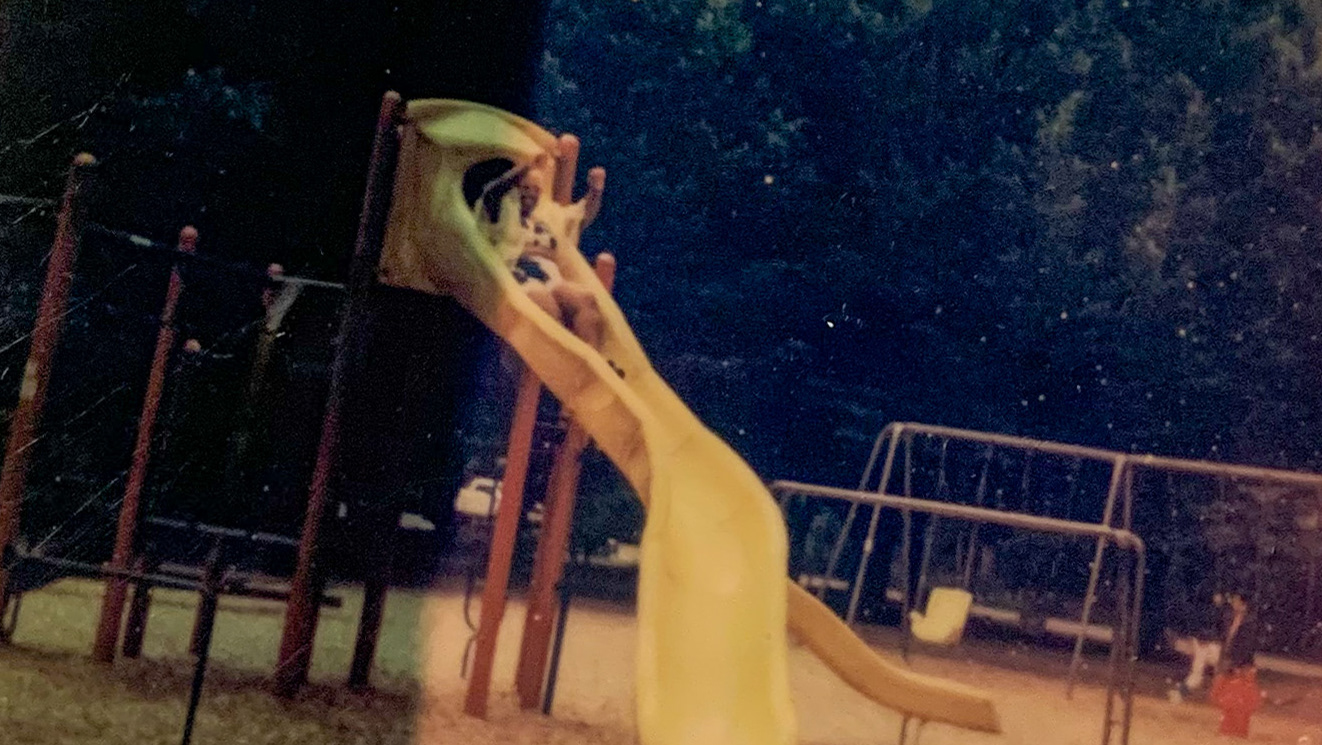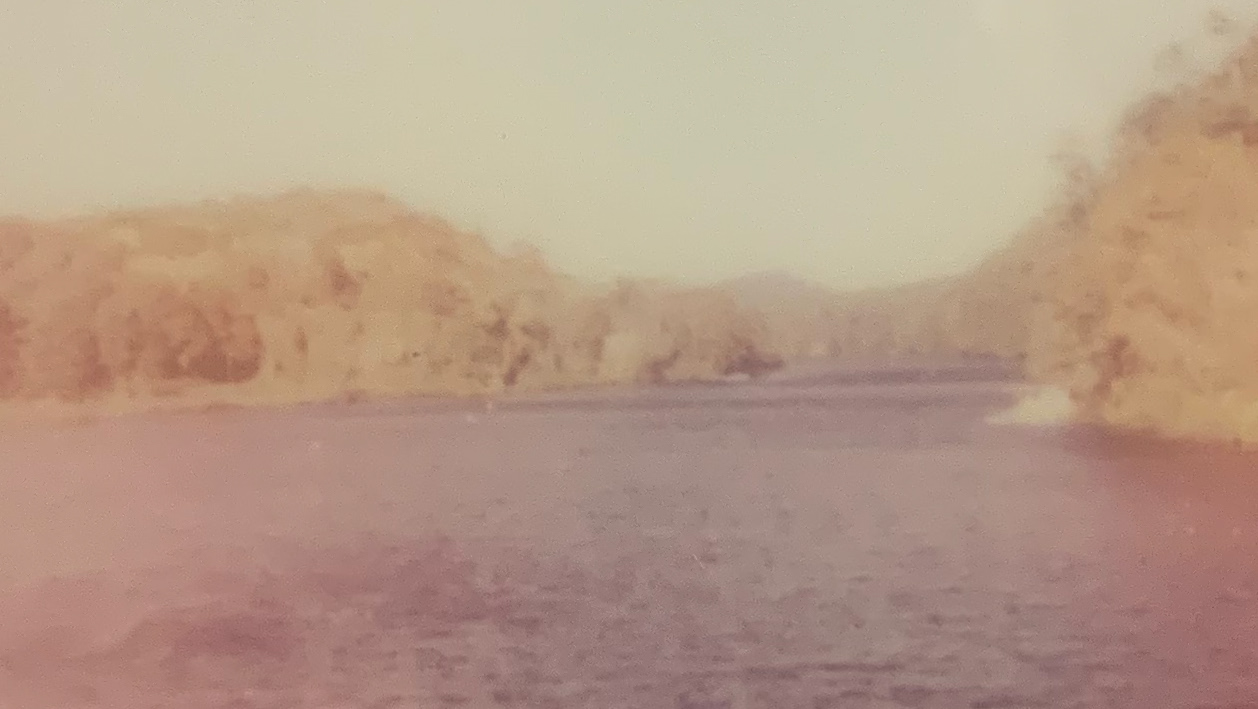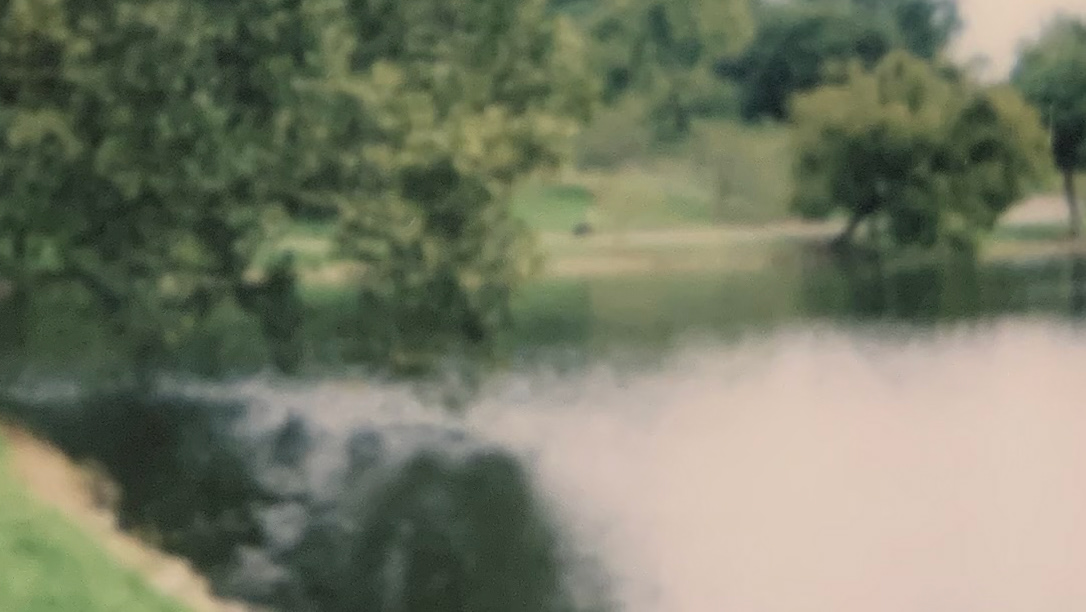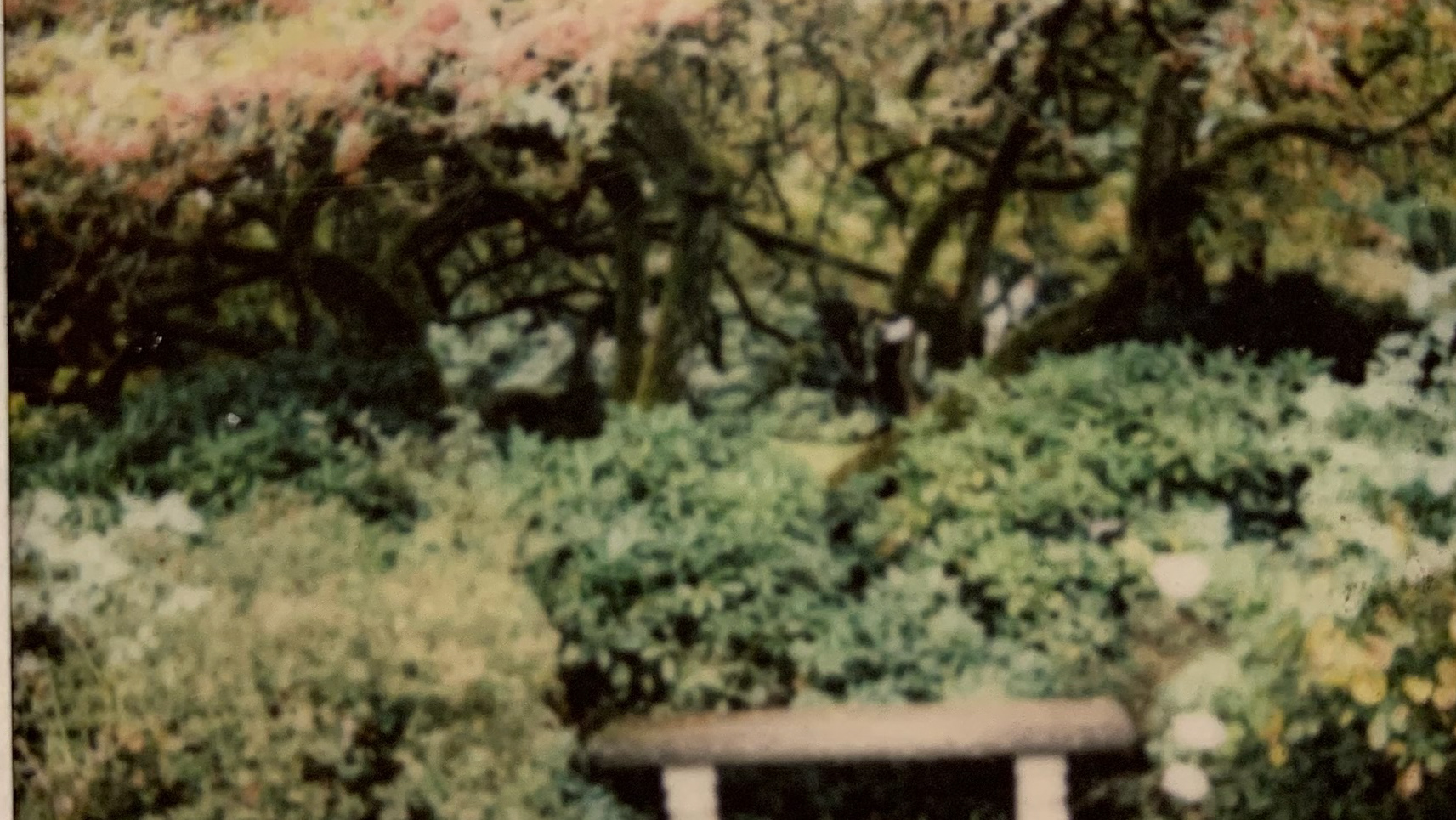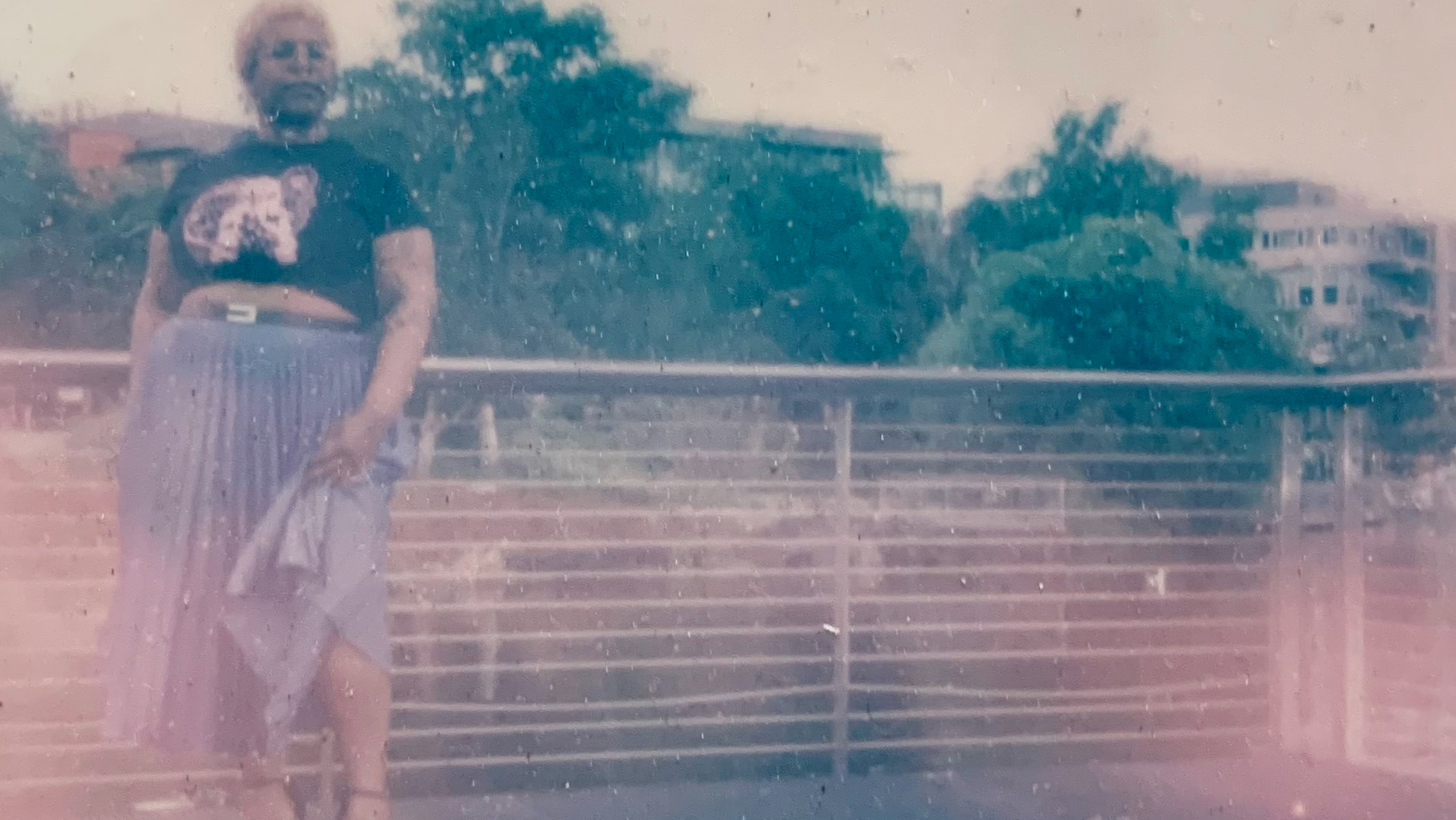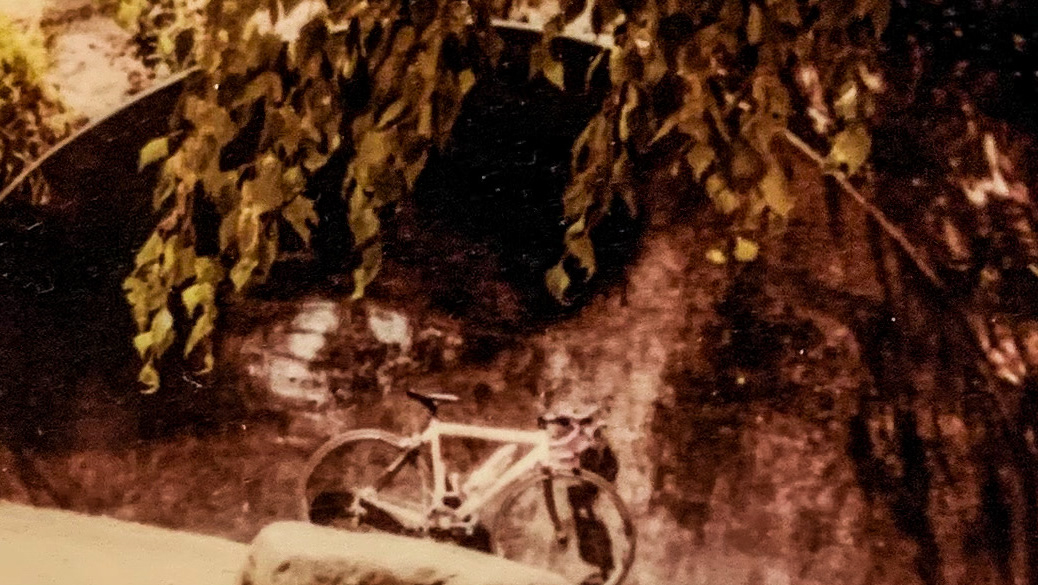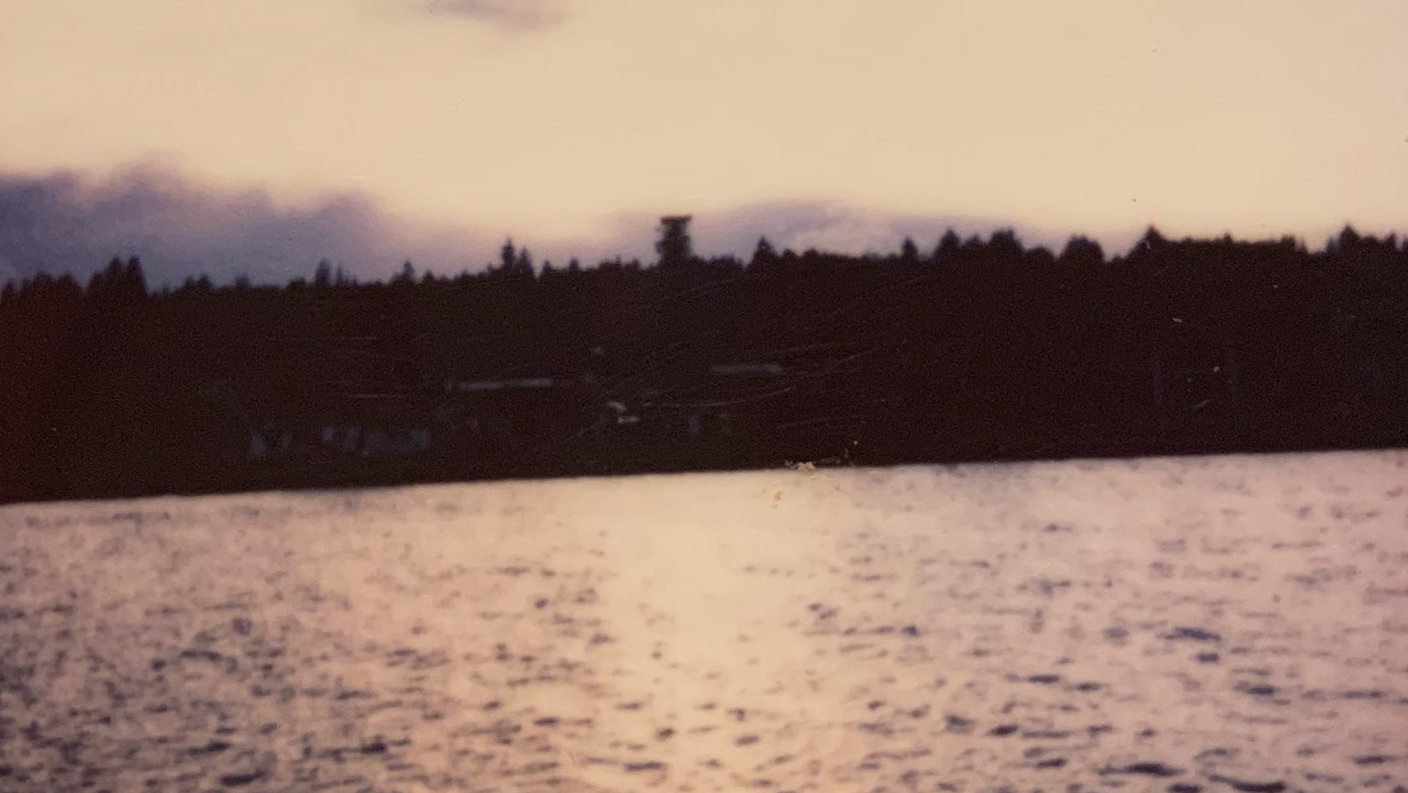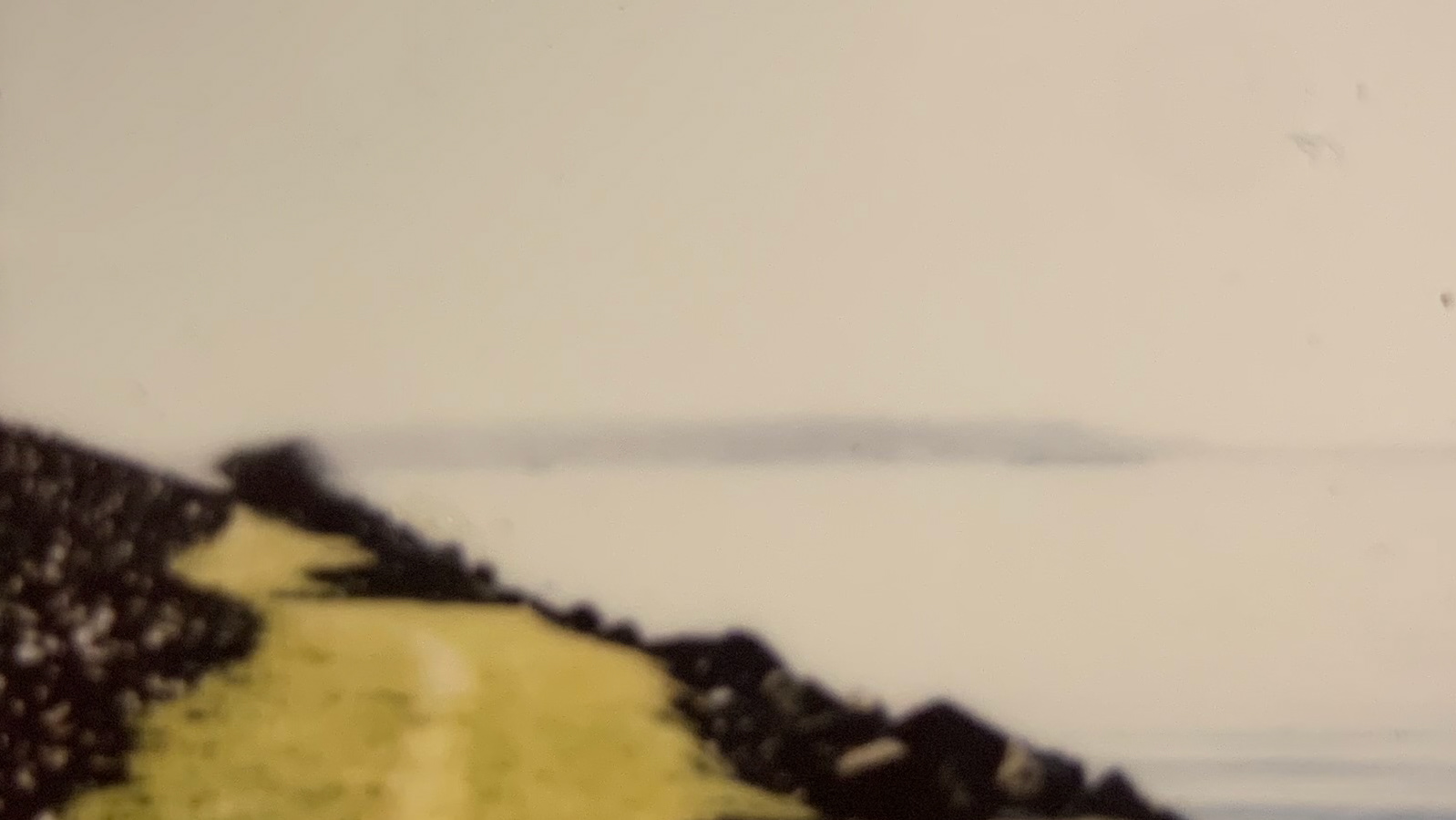-----------------------------------------------------------
"Ghostly Aesthetics: Lorna Simpson: Source Notes at The Met" published by ASAP/Review, October 2025.This expansive exhibition demonstrates the breadth of Simpson’s artistry, each collage incorporates photography, painting, and/or writing while producing visuals that are ghostly, luxurious, and serene. Simpson pays acute attention to Black feminist aesthetics and epistemologies. In this review, I focus on how Simpson’s collages engage themes of opacity and unknowability that gives agency to Black women.
Cliff Notes Writer for Variable West, Jan- May 2025. For the first half of 2025, I highlighted some cool, thought-provoking, radical, and fun art events that happen in Washington. I focused on events by Black and Indigenous artists and writers, as well as speculative, sci-fi, and experimental arts. I emphasized how these creatives are sharing their cultural ideals and imaginative desires in ways beyond our realities.
"The Stories We Tell: Joe Bun Keo at Specialist Gallery" published by Variable West, 2025. In this review, I examine the ways Bun Keo uses found and gathered object to tell his, his family, and his community member's stories. The show speaks of migration of bodies and stories. Trans-temporal and intergenerational values that live on in future generations. And these generations will remix the traditions in accordance to this contemporary needs and desires.
"Black Life Exploited for White Lies" published by Variable West, 2021. Harris-Babou’s Long Con (2021) was brought to the University Washington’s campus by the Black Embodiments Studio. In this review, I reflect on the ways Harris-Babou provides hilarious commentary on the ways whiteness and media exploit Black spirituality and mental & physical health. With the use of satire and dry humor, Ilana Harris-Babou’s Long Con reinforces ideas that suggest that much (if not all) of our material realities are shaped and constructed by white imaginations, and Black people are forced to participate in these realities. Long Con critiques white imagined and dictated consumerism and its relationship to Black spirituality, wellness, and labor, and emphasizes the absurd ways that we, as consumers, participate in these relationships.
"Remove What the Body Can’t Hold: Visual Analysis of Wangechi Mutu’s All the Way Up, All the Way Out (2012)," Published in A Year in Black Art V.4. Black Embodiments Studio. 2021. This essay considers the otherworldly representations in Mutu's collage. This essay examines Wangechi Mutu’s visual of transformation through violent emptying. Engaging with Blackness, femininity, and imposed identity, the piece resists fixed forms and embracing unknowability. Mutu’s work challenges normative recognition, offering otherworldly possibilities for being beyond Western constructs of humanity.
"Memories Within Reach: on Ebony G. Patterson" published in In Plain Sight UW Community Response by the Henry Arts Gallery, 2020. Patterson's work was a part of an exhibition in the Henry Arts Gallery called In Plain Sight. This essay was a part of a collection where UW community members discuss the show. I reflect on how Patterson is a master teacher for recalling memories. With her work in this exhibition, she teaches that memories don’t die. They don’t transcend into an ether of no return, an incomprehensible land. Rather, they remain graspable. They can remain with us if only we allow ourselves to feel and celebrate their presence.
"On Ojih Odutola’s Birmingham (2014)" published in A Year in Black Art by Black Embodiments Studio. V.3. 2020. In this essay, I’m particularly interested in how Ojih Odutola uses fine line work in this lithograph series of four portraits. My eyes are immediately drawn to the woven skin texture, seeing the lines move above and below his epidermis, seeing the light shine in different directions indicating the top of the curve before they flow back underneath the skin, speaks to how we understand stories of others.
"On Nadia Huggins’s Circa No Future" published in MFON exhibition catalog. 2020. This essay reflects an exhibition curated by Berette Macaulay, Exploring Passages Within the Black Diaspora. My reflection looks specifically at Nadia Huggins’s portrait, "Circa No Future" (2014). A photograph of a young boy seemingly floating in the air, but who is actually jumping into an ocean. I consider what it feels like to embody fluidity, to embrace unknowns just like the model in the portrait who allows gravity, the wind, and the waters to interact with his body.
"Rethinking ‘Knowledge’ with Edgar Arceneaux’s Library of Black Lies (2016)" published in A Year In Black Art by Black Embodiments Studio. V.2. 2019. Arceneaux's structure was displayed at the Henry Arts Gallery, Seattle in 2019. This structure is a walk-through wooden cabin. When I walk through the structure I'm guided through a maze of sorts outlined by the bookshelves. Along the walls are floor-to-ceiling slightly distorting mirrors. Arceneaux calls this structure a labyrinth, but I get to the end and only find a distorted view of myself. This piece allows me to redefine what knowledge is and critique any single views as truth because more than likely that single view is more of an imagined narrative than truth. Rather, I'm opened up to other possibilities and complex views of what makes up our world knowledge as well as our personal embodied knowledge.
